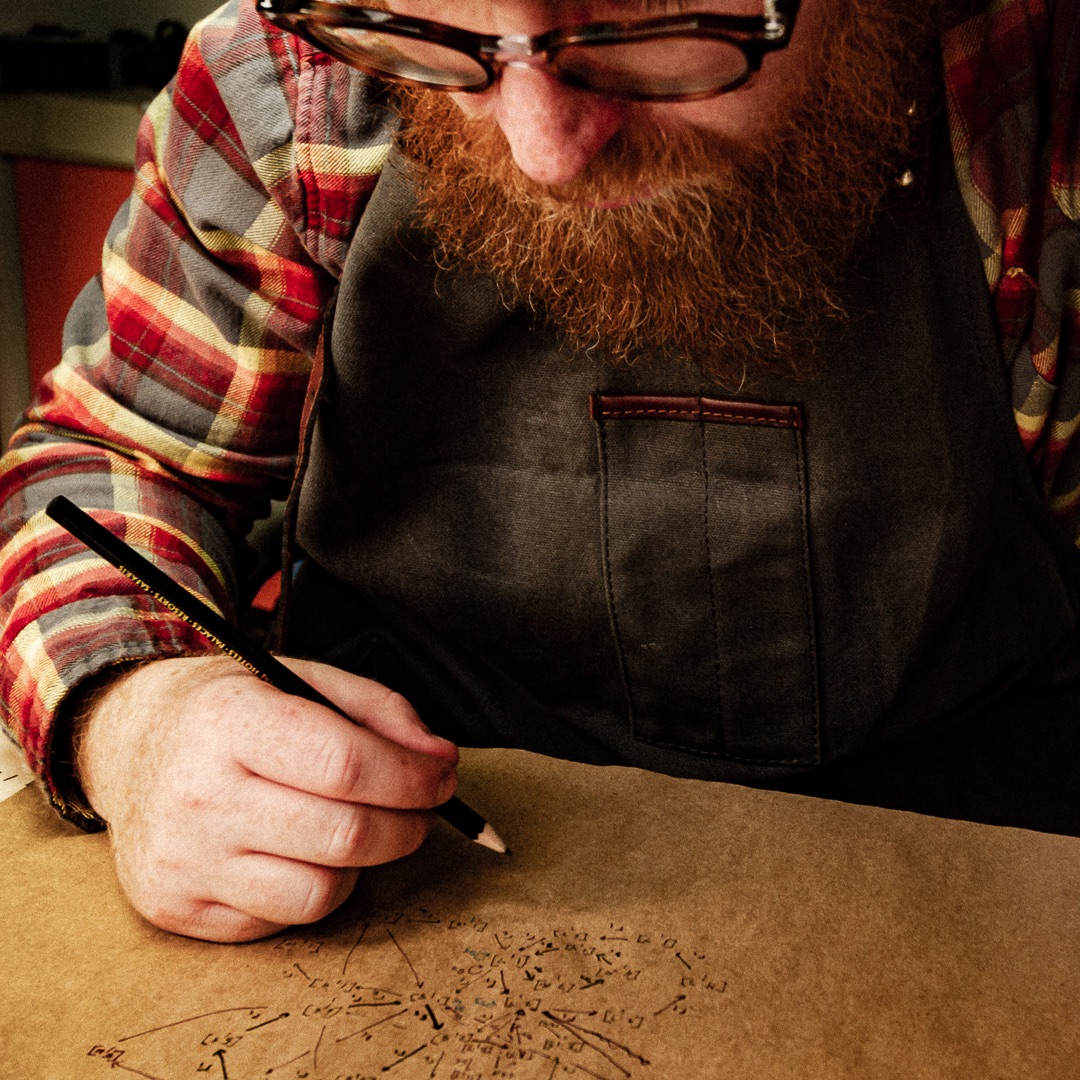
Personalization is core to Stitch Fix. We strive to find the right clothing for each and every client: the right style, the right fit, and at the right price. However, we’ve noticed one area where we’ve fallen short in taking a personalized approach: how we build our algorithms.
We have relied too much on the impersonal and abstract “power tools” of data science to do this work. Python, Spark, R, and Presto have served us well for many years. They have allowed us to explore ideas quickly, implement and iterate solutions quickly, and let our peers understand our work quickly. But what happens when you remove the need to do things quickly? By dropping this constraint, we can spend the time necessary to understand the data in a real and personal way—without the layers of abstraction created by our toolset. Over the past year of shelter-in-place, we’ve grown accustomed to doing more things by hand: sewing masks, baking sourdough, remodeling our homes and apartments, and mixing elaborate cocktails. Why can’t we bring this hand-crafted approach to data science?
Beginning today, we’re moving into the future by starting the artisanal, small-batch data science movement. Going forward, every calculation performed, every datum accessed and stored, and every visualization drawn will be done by hand.
As part of this transition, we’re replacing our existing platform tools with new ones. We have begun the process of moving our existing S3 data warehouse to C3 (calligraphic card catalog) where each record will be stored on a hand-written card. We’ve replaced our GPUs with our new HPC (human processing cohort)—our staff of mathematicians who will perform all computations by hand using pencil and paper. They have already begun training a new BERT model which we hope will be done by 2025 or perhaps sooner with early stopping due to hand cramps. Instead of the artificial dropout implemented in many deep-learning frameworks, this approach includes natural dropout due to coffee and bathroom breaks. Our data visualization experts have begun transitioning from D3 to 3-D pop-up books and flipbooks for animations. Finally, we’ve moved our APIs to ECS (elaborate call service) where each request is communicated via phone call that gets routed through our switchboard to a locally-sourced, free-range data scientist to make the prediction.
We’re excited about the new path ahead of us and look forward to other data science organizations joining this movement. Someday our work will not only be the result of the careful problem framing, data analysis, and coding that we practice today; it will be imbued with the craftsmanship and sense of purpose that only comes when all work is done slowly and deliberately by hand. Going forward we’ll live by the motto: “Move slow and make things.”
We look forward to keeping you up-to-date as we embark on this journey. While this blog has served us well in sharing our data science work in the past, it doesn’t fit into our new paradigm. In the future, look for our hand-written letters on parchment to arrive at your door by carrier pigeon.
